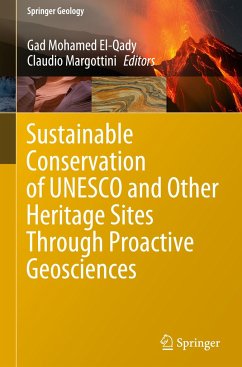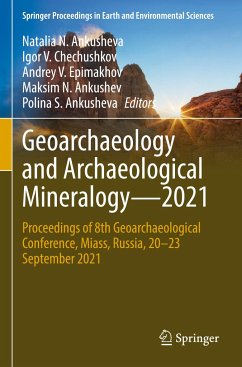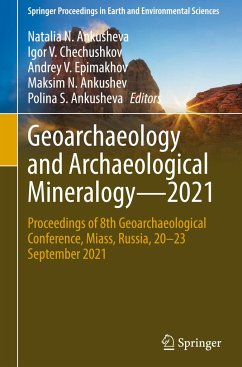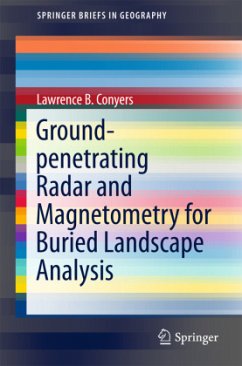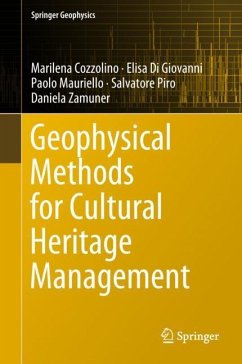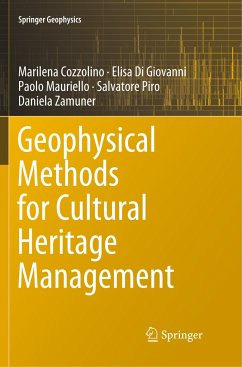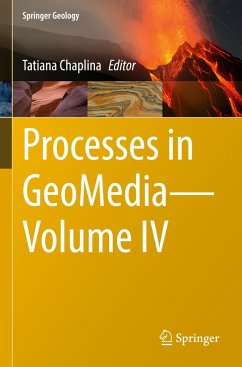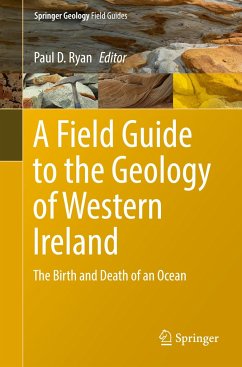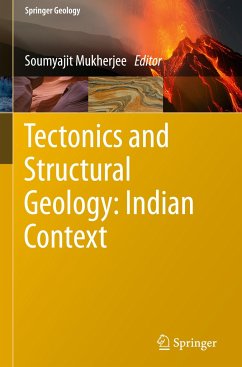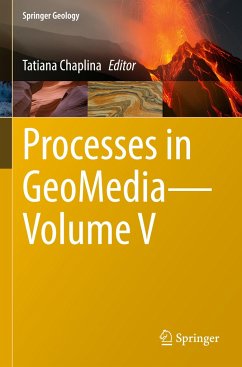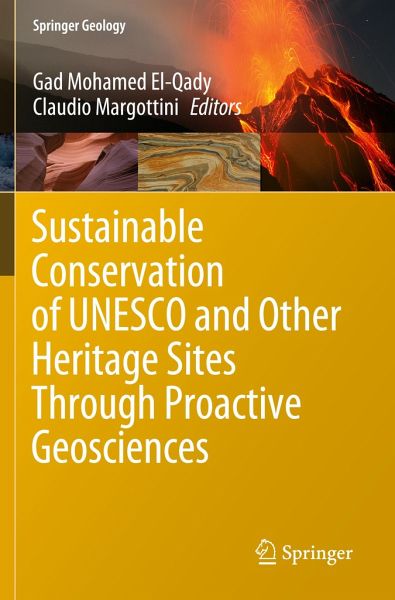
Sustainable Conservation of UNESCO and Other Heritage Sites Through Proactive Geosciences
Versandkostenfrei!
Versandfertig in 6-10 Tagen
83,99 €
inkl. MwSt.

PAYBACK Punkte
42 °P sammeln!
This book presents up-to-date geoscience technologies for heritage investigations and conservation, covering various sub-disciplines of geophysics, geodesy, 3D laser scanning technology, hydrogeology, and rock mechanics applied to the exploration of new heritage sites, mapping and visualization, as well as hazard mitigation. The current shift toward interdisciplinary ways of thinking highlights the added value of merging arts with sciences and other disciplines for better management and preservation of cultural heritage. Featuring advanced scientific investigations in 40 case studies around th...
This book presents up-to-date geoscience technologies for heritage investigations and conservation, covering various sub-disciplines of geophysics, geodesy, 3D laser scanning technology, hydrogeology, and rock mechanics applied to the exploration of new heritage sites, mapping and visualization, as well as hazard mitigation. The current shift toward interdisciplinary ways of thinking highlights the added value of merging arts with sciences and other disciplines for better management and preservation of cultural heritage. Featuring advanced scientific investigations in 40 case studies around the globe, the book demonstrates how a better understanding of natural processes coupled with conservation approaches, mainly based on sustainable practices such as the use of traditional knowledge in recovery techniques and building local capacities, can ensure effective conservation.



